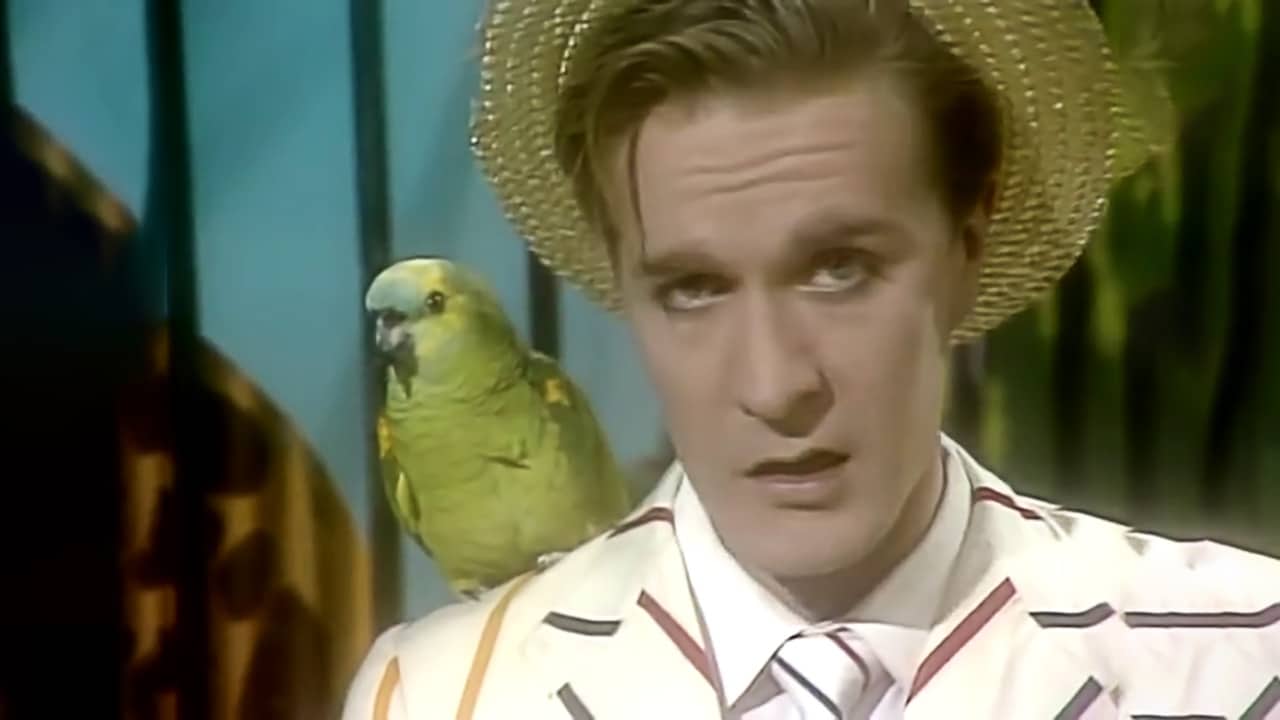Perle Dimenticabili tira fuori pezzi deprecabili e assurdi, trovati conservati, per strani motivi, nel mio personale etere.
Vediamo oggi cosa esce fuori... 🙂
ABC - The Look Of Love
Song
"The Look of Love" is a song by English band ABC, released as a single in 1982. It was the band's highest charting hit in the UK, peaking at No. 4 on the UK Singles Chart. It was included on their debut studio album, The Lexicon of Love.
History
Released as a single and as a 12" remix, it went to No. 1 on the Billboard Dance/Disco chart as well as the Canadian Singles Chart. It was their biggest hit in the UK Singles Chart, peaking at No. 4. On the American Cash Box Top 100, it got as high as No. 9, and on the Billboard Hot 100 it peaked at No. 18.
The single consists of four parts, referred to as "Parts One, Two, Three and Four". Part One is the standard album version, Part Two is an instrumental version, Part Three is a vocal version without the orchestral overdubs and Part Four is a short acoustic instrumental part of the song, containing strings and horns, as well as occasional harp plucks and xylophone. A different US remix dub version by producer Trevor Horn appeared as A-side on the 1982 US 12".
Through the 1980s, BBC Radio 1 DJ Gary Davies used the last crescendo on Part 2 of the song as a closing theme to his daily lunchtime programme called The Bit in the Middle, only changing it in 1991 when his show was rebranded as Let's Do Lunch and given fresh music beds and themes.
The US B-side, entitled "Theme from Mantrap", was an alternate version of "Poison Arrow".
In February 2014, all four parts appeared together as one single track (running 12:29) on the ZTT compilation "The Art of the 12" Volume Three".
The lyrics of the song, as well as others on The Lexicon of Love, were inspired by a break-up lead singer Martin Fry had experienced. In the second verse, during the phrase "When your girl has left you out on the pavement", the "Goodbye" background vocal is spoken by the actual woman in the relationship who had jilted him.
Music video
Music video for the song, taped on a soundstage, was influenced by old British music hall, the chalk pavement sequence in the film Mary Poppins, carnival sideshows, and Punch and Judy puppet shows; the four band members were featured wearing Edwardian-style light suits with vertical pastel stripes, accompanied by many colourful extras, including a Charlie Chaplin impersonator and cameos from producer Trevor Horn and music promoter and journalist Paul Morley.
The video vaguely pays homage to the ballet sequence from An American in Paris.
Album
The Lexicon of Love è l'album di debutto del gruppo synth pop britannico ABC, pubblicato dall'etichetta discografica Neutron su Long Playing (catalogo NTRS 1) e musicassetta (NTRSC 1) nel 1982, anticipato dal singolo Tears Are Not Enough (1981).
Il disco è incluso nell'elenco dei 1001 album da ascoltare obbligatoriamente prima di morire.
Storia
Non è un concept album, piuttosto un insieme di canzoni che trattano prevalentemente i temi della delusione amorosa e dei tentativi falliti del protagonista di trovare una relazione stabile e significativa.
L'album è stato rimasterizzato e ristampato su CD con l'aggiunta di 6 bonus track nel 1996 dalla Mercury Records (catalogo 514942-2) e ancora nel 1998 da Mercury e Neutron insieme (catalogo 538250-2) con una sola traccia aggiuntiva.
Nel 2009, il gruppo ha eseguito dal vivo l'intero album alla Royal Albert Hall di Londra, accompagnato dalla BBC Concert Orchestra diretta da Anne Dudley, già compositrice e arrangiatrice della parte orchestrale dell'album originale.
Artist
Gli ABC sono un gruppo musicale synth pop NewRomantic britannico, nato nel 1980 a Sheffield, nel South Yorkshire .
La band ha collezionato ben dieci singoli nella Top 40 inglese e cinque in quella statunitense tra il 1981 e il 1990, ed ancora oggi continua il suo percorso musicale.
L'ultimo album, Traffic, è stato pubblicato il 28 aprile 2008. Gli album che seguono sono delle ripubblicazioni e delle antologie.
Alcuni testi in questo articolo sono estratti da Wikipedia

